If you’ve ever grown aloe vera, you know it’s a tough, adaptable succulent—but even this low-fuss plant needs a little extra attention as the seasons change. What works for your aloe in the warm, sunny days of summer won’t be the same as what it needs in the cool, dark months of winter. From adjusting watering schedules to tweaking light exposure, seasonal care is key to keeping your aloe vera plump, green, and healthy all year long.
Whether you grow your aloe indoors on a windowsill or outdoors in a garden (in zones 9–11, where temperatures stay above freezing), this guide will walk you through exactly what to do each season. We’ll break down the unique needs of aloe vera in spring, summer, fall, and winter, including common pitfalls to avoid and simple tweaks to your routine that make a big difference. By the end, you’ll have all the tools to help your aloe thrive no matter what the weather brings.
Spring: The Growing Season—Wake Your Aloe Up Gently
Spring is when aloe vera starts to come out of its winter dormancy and enters its active growing phase. Days get longer, temperatures rise, and your aloe will begin putting out new leaves and even small “pups” (baby plants) at the base. This is the time to give it a little boost—but don’t rush it. Aloe hates sudden changes, so gradual adjustments are key.
Light: Gradually Increase Sun Exposure
After a winter of lower light, your aloe’s leaves may be a bit softer or paler. Start by moving it to a spot with bright, indirect sunlight—like a south-facing window that gets morning sun but is shaded in the afternoon. If you keep your aloe outdoors in warmer climates, wait until nighttime temperatures stay above 50°F (10°C) before moving it outside. Even then, avoid placing it in full midday sun right away—this can scorch leaves that are used to lower light. Instead, let it acclimate for 1–2 weeks in a shaded area, then gradually move it to a sunnier spot. Aim for 4–6 hours of bright, indirect light daily—this helps the plant produce energy for new growth.
Watering: Increase Frequency (But Don’t Overdo It)
In winter, you probably watered your aloe sparingly. In spring, as growth picks up, you can increase watering—but only when the soil is completely dry. Stick your finger 2–3 inches into the soil; if it feels dry to the touch, it’s time to water. Pour water slowly at the base of the plant until it drains out of the bottom of the pot. Avoid getting water on the leaves or in the center of the plant (this can cause rot). If you’re growing aloe outdoors, keep an eye on rain—if it rains regularly, you may not need to water at all. The goal is moist (not soggy) soil during the growing season.
Soil & Repotting: Refresh Soil or Upgrade Pots If Needed
Spring is the best time to repot your aloe if it’s outgrown its current pot. Signs it’s time to repot: roots growing out of the drainage holes, the plant leaning to one side, or soil that dries out within a day of watering. Choose a pot that’s 1–2 inches larger in diameter than the current one (aloe likes a snug fit) and has drainage holes. Use a well-draining succulent soil mix—you can buy pre-made mix or make your own by combining 2 parts potting soil, 1 part perlite, and 1 part coarse sand. Gently remove the aloe from its old pot, shake off excess soil, and check for rotted roots (trim them if needed). Place it in the new pot, fill with soil, and water lightly to settle the soil.
Fertilizing: Give a Light Feed
Aloe doesn’t need much fertilizer, but a light feed in spring can support new growth. Use a balanced, water-soluble succulent fertilizer diluted to half the strength recommended on the package. For example, if the label says 1 teaspoon per gallon of water, use ½ teaspoon. Fertilize once in early spring—avoid overfertilizing, as this can burn the roots or cause leggy growth. If your aloe is still small or looks healthy, you can skip fertilizing altogether—good soil and light are often enough.
Summer: Keep Cool and Hydrated (But Avoid Overwatering)
Summer is when aloe vera grows most actively—but it’s also when it’s most at risk of sunburn or overwatering. High temperatures and intense sunlight can stress the plant, so your main goals are to protect it from extreme heat and keep the soil properly hydrated.
Light: Protect from Harsh Midday Sun
Aloe loves sunlight, but intense midday sun (11 AM–3 PM) in summer can scorch its leaves, leaving brown, crispy spots. If your aloe is indoors, keep it near a south-facing window but use a sheer curtain to filter the light. If it’s outdoors, place it in a spot that gets morning sun and afternoon shade—like under a tree or on a porch. If you notice leaves turning brown or white (a sign of sunburn), move the plant to a shadier spot immediately. You can trim off severely damaged leaves with clean scissors to help the plant focus energy on new growth.
Watering: Adjust for Heat (But Still Let Soil Dry)
In hot summer weather, soil dries out faster—so you may need to water your aloe every 2–3 weeks (vs. every 3–4 weeks in spring). But the rule still applies: only water when the top 2–3 inches of soil are completely dry. Overwatering in summer is a common mistake—hot, wet soil is a breeding ground for root rot. Water in the early morning or late evening, when temperatures are cooler—this reduces evaporation and helps the plant absorb water better. If you’re away on vacation, ask a friend to water your aloe only if the soil is dry—don’t leave it in a saucer of water, as this will drown the roots.
Temperature & Humidity: Keep It Cool
Aloe vera thrives in temperatures between 60–80°F (15–27°C). If indoor temperatures rise above 85°F (29°C), move your aloe to a cooler spot—like near a window with a cross breeze or away from heating vents. Avoid placing it in direct sunlight through a glass window on hot days—glass amplifies heat, which can cook the leaves. Aloe doesn’t mind low humidity (it’s a desert plant!), so you don’t need to mist it. In fact, high humidity in summer (like in a bathroom) can cause fungal issues—keep your aloe in a well-ventilated area.
Pests: Watch for Summer Infestations
Pests like mealybugs and spider mites are more active in summer, as warm temperatures speed up their reproduction. Check your aloe weekly for signs of pests: white cottony spots (mealybugs), fine webbing (spider mites), or sticky honeydew on leaves. If you spot pests, treat them immediately with a neem oil spray (1 tsp neem oil + 1 tsp mild soap + 1 quart water) to prevent the infestation from spreading.
Fall: Prep for Dormancy—Slow Down and Adjust
Fall is a transition season for aloe vera. As days get shorter and temperatures drop, the plant will start to slow its growth and prepare for winter dormancy. Your job is to gradually reduce care to match its slower pace—this helps the aloe avoid stress and stay healthy through the winter.
Light: Extend Light Exposure If Needed
As fall progresses, daylight hours decrease. If your aloe is indoors, make sure it’s still getting 4–6 hours of bright, indirect light daily. If natural light is limited (e.g., in a north-facing window), add a full-spectrum LED grow light set to 10–12 hours a day. Place the light 12–18 inches above the plant—this mimics natural sunlight and prevents leggy growth. If your aloe is outdoors, bring it inside before nighttime temperatures drop below 50°F (10°C)—cold temperatures can damage leaves and roots.
Watering: Reduce Frequency
As growth slows, your aloe needs less water. Start watering every 3–4 weeks (or even less if the soil stays moist longer). Always check the soil first—if it’s still damp 2 inches down, wait a few more days. Overwatering in fall is especially dangerous, as cool temperatures slow evaporation, making it easier for soil to stay soggy. Water in the late morning, so the soil has time to dry slightly before nighttime cooling. Avoid getting water on the leaves—cool, wet leaves are more prone to rot.
Temperature: Protect from Cold Drafts
Fall brings cooler temperatures and drafty windows. Keep your aloe away from windows that are open at night or doors that are frequently opened—cold drafts can cause leaves to turn brown at the tips. If you have a thermostat, keep indoor temperatures above 60°F (15°C) at night. Avoid placing your aloe near air conditioning vents or fans that blow cold air—this can dry out the leaves and stress the plant.
Pruning: Trim Dead or Damaged Leaves
Fall is a good time to prune your aloe to remove dead, yellow, or damaged leaves. Use clean, sharp scissors to cut leaves at the base of the stem—this helps the plant focus energy on healthy growth and prevents fungal issues (dead leaves can harbor mold). If your aloe has grown too tall or leggy, you can also trim the top part of the plant (leave a few inches of stem) and propagate it—fall is a good time for propagation, as the plant is still slightly active.
Winter: Dormancy Care—Keep It Simple and Dry
Winter is the dormant season for aloe vera. The plant will stop growing almost entirely, so it needs minimal care. The biggest mistakes people make in winter are overwatering and placing the aloe in too little light—avoid these, and your aloe will sail through the season.
Light: Prioritize Bright Light
Winter light is weak, so your aloe needs all the bright light it can get. Place it in the sunniest spot in your home—usually a south-facing window. Even if the window gets direct sunlight in winter (which is less intense than summer), that’s okay—aloe can handle it. If you don’t have a sunny window, use a grow light for 10–12 hours a day. Without enough light, your aloe will become leggy (stems stretch toward light) and its leaves will lose their plumpness. If you notice leggy growth, don’t worry—you can prune it in spring when the plant starts growing again.
Watering: Water Sparingly (The Most Important Winter Tip)
Overwatering is the #1 killer of aloe vera in winter. Because the plant is dormant, it uses very little water—so the soil should stay dry for longer periods. Water only once every 4–6 weeks, and only when the top 3–4 inches of soil are completely dry. When you water, use lukewarm water (cold water can shock the roots) and pour it slowly at the base of the plant. Empty the saucer under the pot immediately—never let the aloe sit in standing water. If you’re unsure whether to water, wait a few more days—underwatering is easier to fix (just water the plant) than overwatering (which causes root rot).
Temperature: Keep It Warm
Aloe vera can tolerate temperatures as low as 50°F (10°C) for short periods, but prolonged cold (below 40°F/4°C) will damage the plant. Keep indoor temperatures between 55–70°F (13–21°C) in winter. Avoid placing your aloe near cold windows, doors, or heating vents—sudden temperature changes (e.g., cold air from a window + hot air from a vent) can stress the plant. If you have a heated home, make sure the aloe isn’t too close to the heat source—dry, hot air can cause leaf tips to turn brown.
Fertilizing: Stop Feeding Entirely
Aloe doesn’t need fertilizer in winter—its roots are dormant and can’t absorb nutrients. Fertilizing in winter will only burn the roots and cause damage. Wait until early spring, when the plant starts growing again, to give it a light feed.
Year-Round Tips for Happy Aloe Vera
No matter the season, a few key habits will keep your aloe vera healthy:
Use well-draining soil and a pot with drainage holes: This prevents root rot, the biggest threat to aloe.
Avoid overwatering: Always check soil moisture before watering—when in doubt, wait.
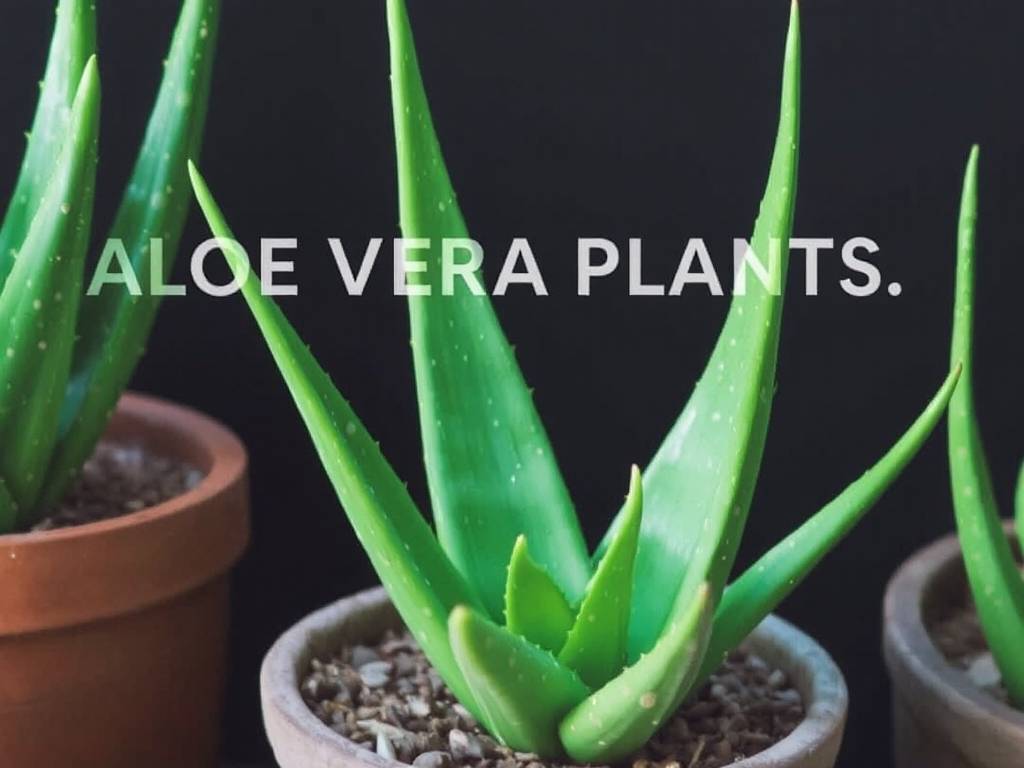
Inspect regularly: Check for pests, disease, or damage weekly—early detection makes problems easier to fix.
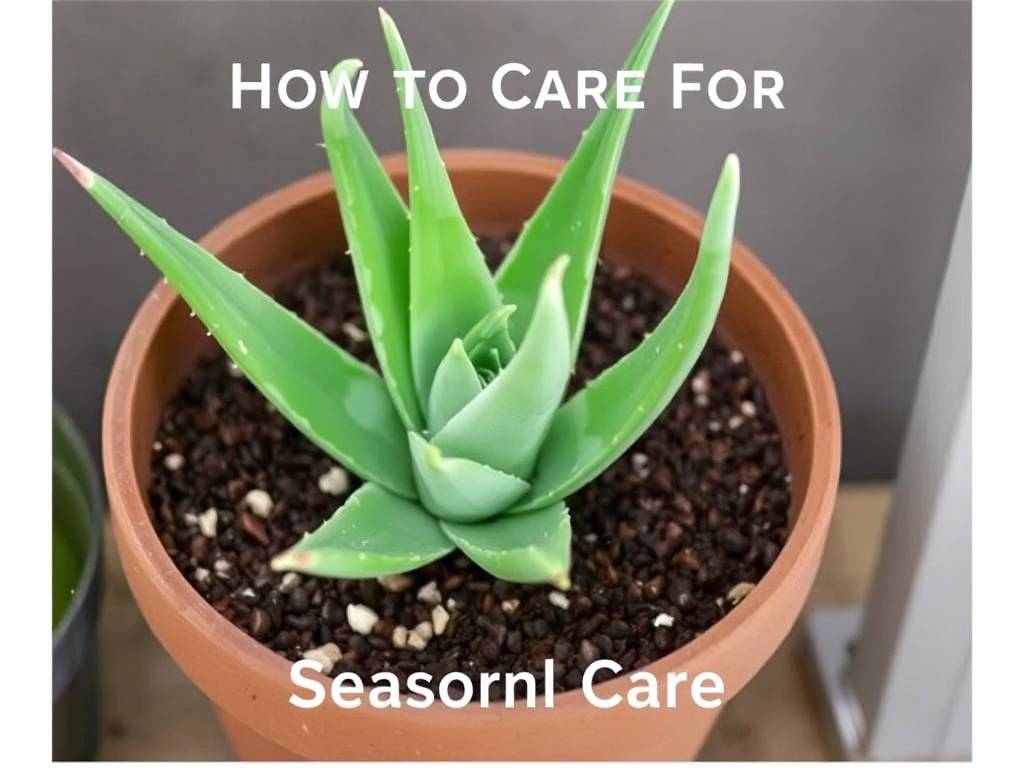
Handle with care: Aloe leaves have sharp spines, so wear gloves when repotting or pruning. Avoid bending leaves, as they can break easily.
By adjusting your care routine to match the seasons, you’ll help your aloe vera thrive year after year. Whether it’s boosting growth in spring, protecting from heat in summer, prepping for dormancy in fall, or keeping it dry in winter, a little seasonal attention goes a long way. With time, your aloe will reward you with plump, healthy leaves and even new pups—plus fresh gel for minor burns and cuts whenever you need it.
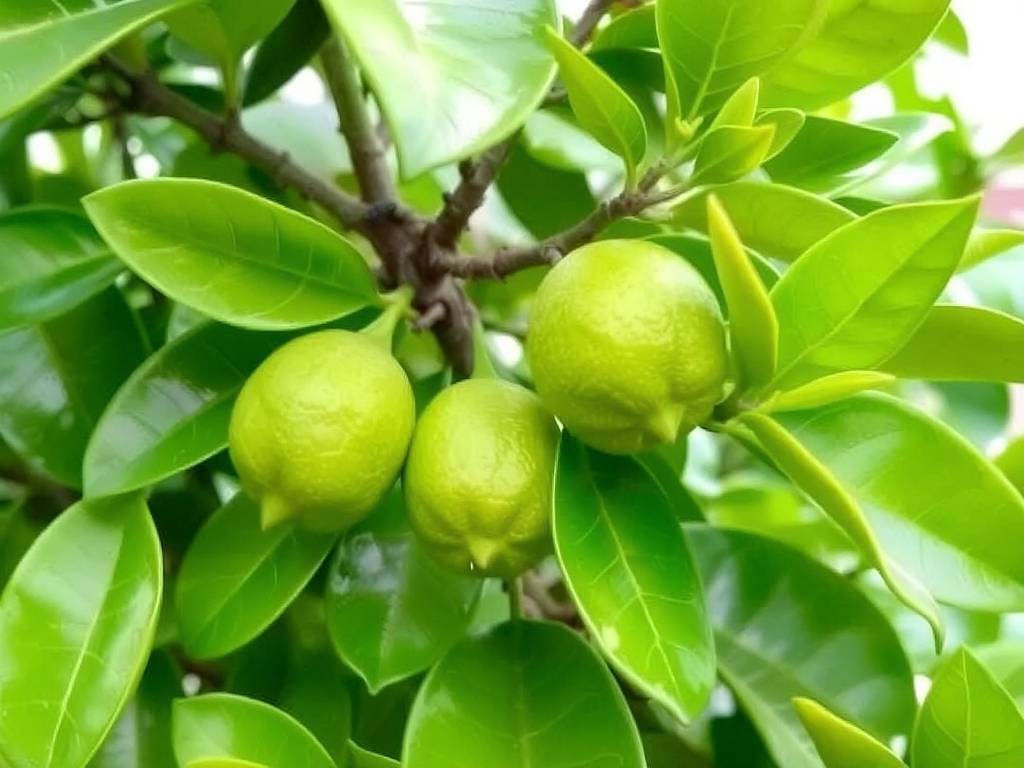
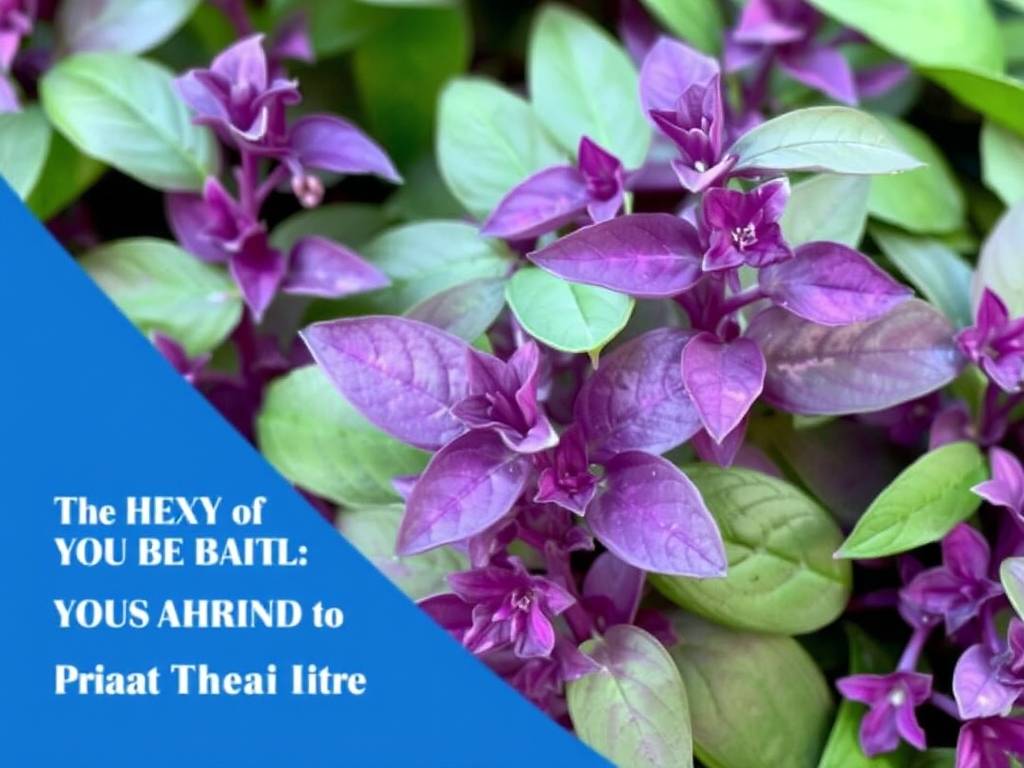
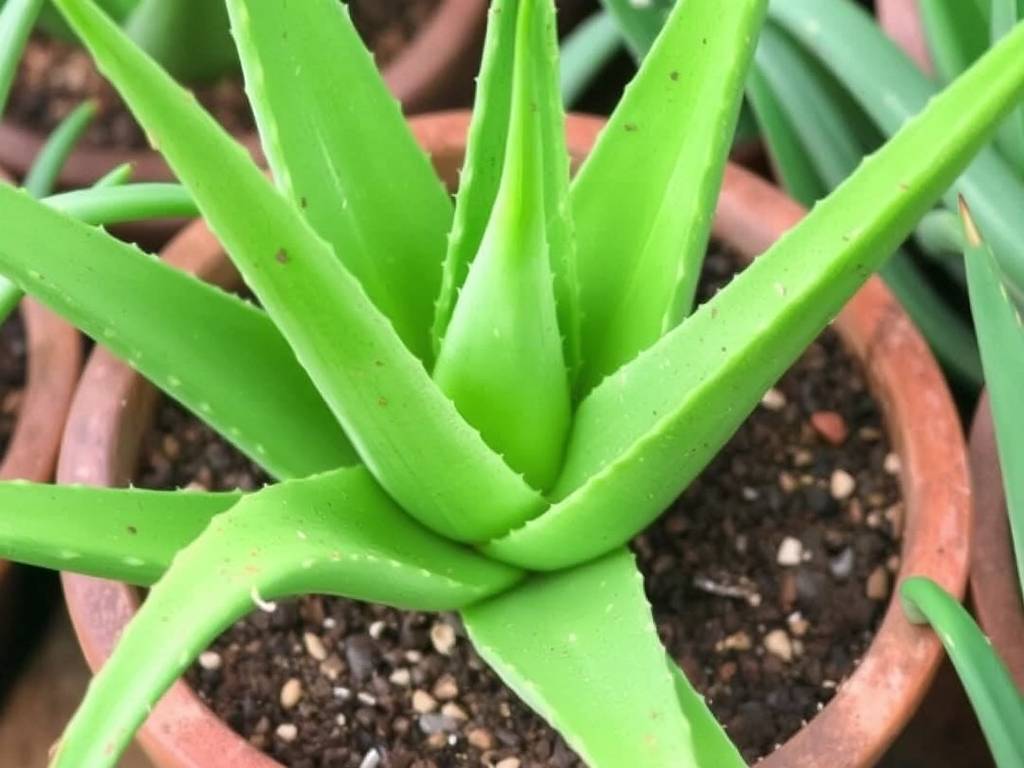
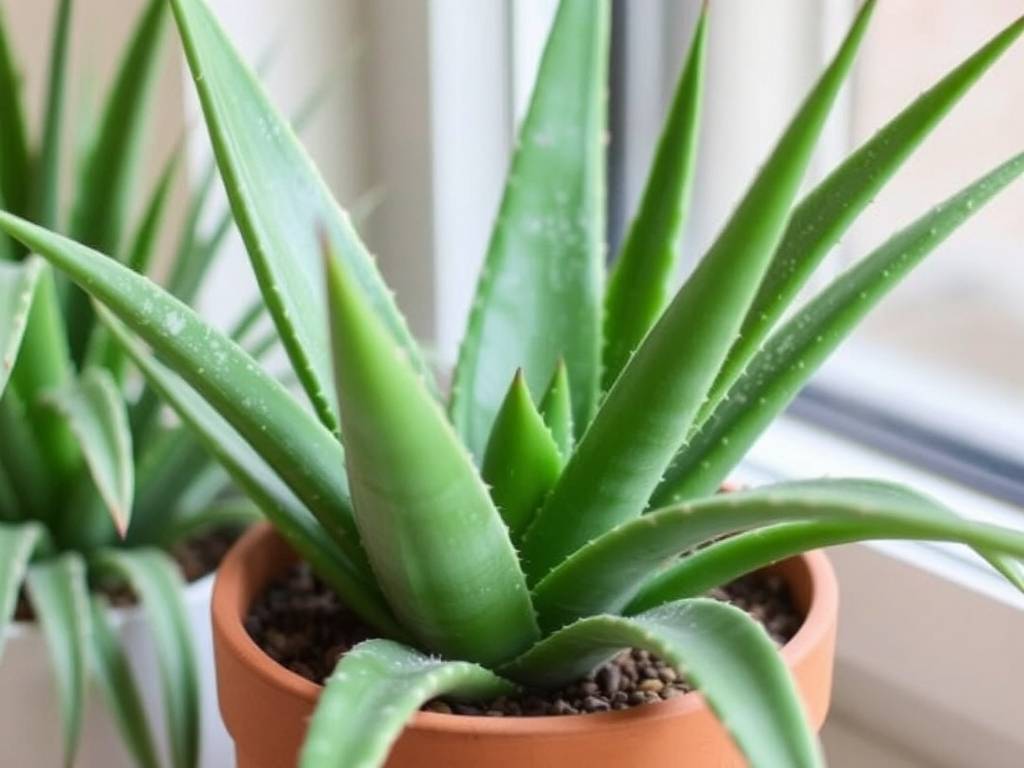
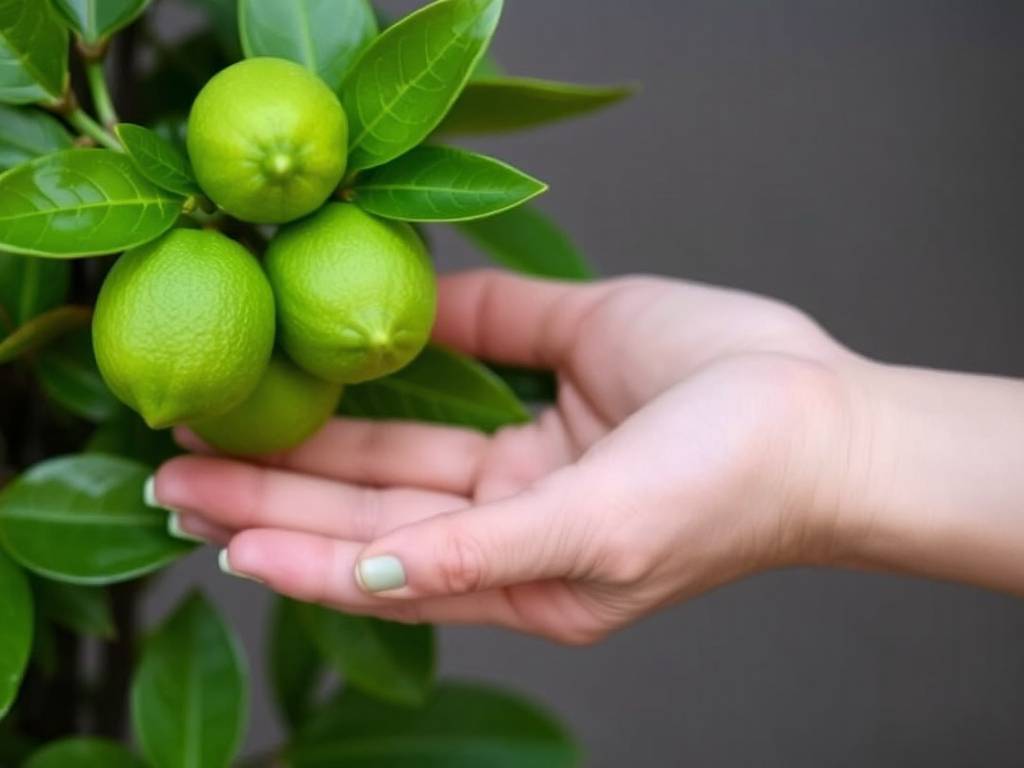
发表评论